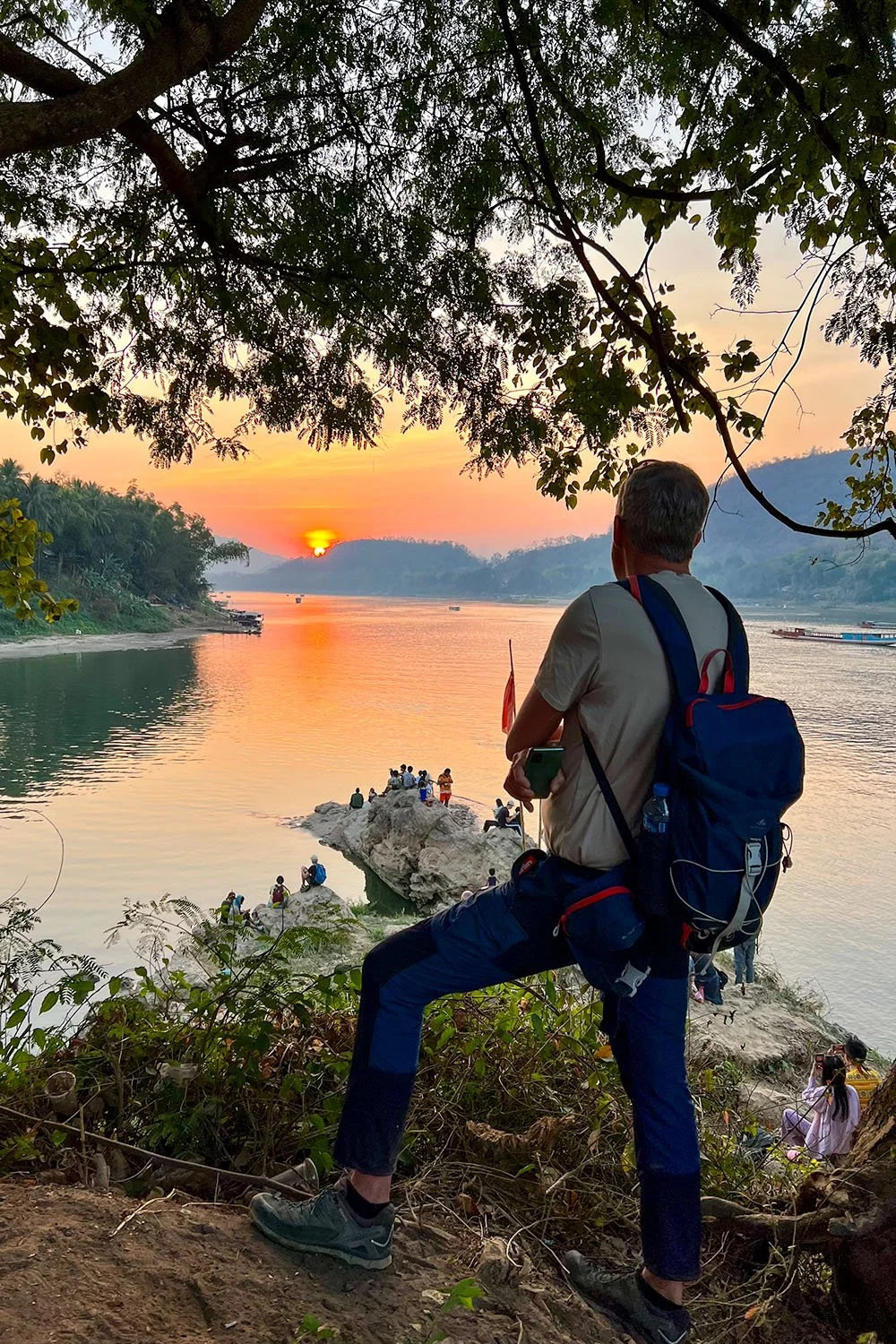The Basilica Cistern: Istanbul’s Coolest Attraction
Straddling the mighty Bosphorus Strait, half in Asia and the other half in Europe, Türkiye’s largest city Istanbul has retained its east-meets-west uniqueness since the beginning of time.
While you’ll discover stunning market bazaars and massive mosques above ground, one of its most historical and unusual attractions is below this ancient city – the Basilica Cistern. The largest of over 80 cisterns weaving their way beneath Istanbul, the Basilica Cistern stretches over 140 metres long and 70 metres wide.
Situated in the heart of Sultanahmet, the entrance is across the street from Hagia Sophia and close to the Blue Mosque and Topkapi Palace. It was built in 532 during the reign of the Byzantine Emperor, Justinian 1, to supply fresh water for the Great Palace of Constantinople and several other buildings on First Hill.
The ancient columns of the Basilica Cistern. Image: © Nannette Holliday
Basilica Cistern takes its name from the great Stoa Basilica built around the 3rd and 4th centuries, which stood above ground until a fire destroyed it during the Nika riots in 476. When a Roman general, Flavius Illus, reconstructed the basilica for the Emperor, it was underground, hence locals calling it Yerebatan Sarayi or ‘Sunken Palace’.
In 1453, the cistern was forgotten about for centuries after the Ottomans took back Istanbul and installed their own drinking and cooking water supply system. But not by the residents that lived above its waterways. In 1545 while looking for Byzantine antiquities, French natural scientist Petrus Gyllius saw people collecting fresh water and fish through holes in their basement floors.
The water comes from the Belgrade Forest, 19 kilometres from the city, via two specially constructed aqueducts, each around 10 metres in length. Basilica Cistern can hold up to 80,000 cubic metres of water. Its five-metre brick walls and brick floor are kept waterproof by Khorasan mortar.
One of the surreal artworks within the waterways. Image: © Karen Murray
Only three cisterns in Istanbul are open to the public. The Cistern of Philoxenos, Theodosius Cistern and Basilica Cistern. The Basilica is the largest and where visitors explored by boat until it closed for renovations in 1985.
In 1987 its mystical ambience was again unveiled, this time with visitors able to stroll along boardwalks amongst this gigantic architectural and engineering feat. I can assure you it’s a most impressive vision to behold.
A flight of stairs brings visitors eye to eye with the transcendent setting of 12 rows of 28 rescued or repurposed Greek and Roman marble columns, mostly Corinthian and Ionic style.
A column base of an upside-down Medusa head. Image: © Nannette Holliday
Softly lit from the base, each nine-metre-high column is spaced four metres apart and supports the intricate vaulted brick ceiling. A wooden walkway mere inches above the constantly flowing water ensures this is always the coolest place in Istanbul, not just visually but also physically. Large fish, mainly carp, are still seen lazily cruising between the columns.
The original builders also included two massive Medusa heads that are placed in the far left-hand corner. Used as column bases, their origin and positioning are still unknown but are considered from a late Roman period building. One is on its side, and the other is upside down. The Medusa head was and remains today an evil-averting image.
Another column not to be missed is the Column of Tears (also called Hen’s Eye or Peacock Eye) which pays homage to the hundreds of enslaved people who died during the cistern’s construction.
The Column of Tears honours workers who died. Image: © Nannette Holliday
As you can imagine, the fantastic acoustics and theatrical surroundings make this setting a perfect venue for different events and concerts. So be sure to check what’s happening during your Istanbul visit; you may have a rare opportunity to attend a truly magical show.
Although the latest restoration of Basilica Cistern began in 2015, when the Covid pandemic hit in 2020, everything closed, ultimately making the extensive work much easier to finish.
Reopening in July 2022, visitors and locals now enjoy a more spacious entrance area, a better walkway system rather than slippery concrete, additional mood lighting to enhance its mystery, captivating new sculptures amongst the waterways, an upgraded multi-sensory musical light show experience and earthquake resistant strengthening of the entire structure.
Another of the newly installed artworks. Image: © Karen Murray
While I found the experience both magical and mystical prior to its 2020 closure, a girlfriend who visited in November 2022 said she enjoyed the light show and its effects on the columns, ceiling, and additional sculptures so much that she did a second circuit.
Over the years, Basilica Cistern’s surreal effects have created unforgettable scenes in many highly regarded movies, the first in 1963 starring Sean Connery as James Bond in From Russia with Love. Others include Jackie Chan’s 2001 film, Accidental Spy, the finale scene of the 2009 thriller The International starring Clive Owen and Naomi Watts, and Tom Hanks in Dan Brown’s Inferno in 2016. Players explore sections of the Cistern in the 2011 video game Assassin’s Creed Brotherhood: Revelations.
Basilica Cistern is open daily from 9am to 7pm. There is a modest entrance fee but take note – Museum Pass Istanbul is NOT valid here, nor is foreign currency. Pay by credit card at the entrance or fast-track the queue by purchasing tickets online. That way, you stay as cool as the underground experience.
Header image: © Karen Murray








